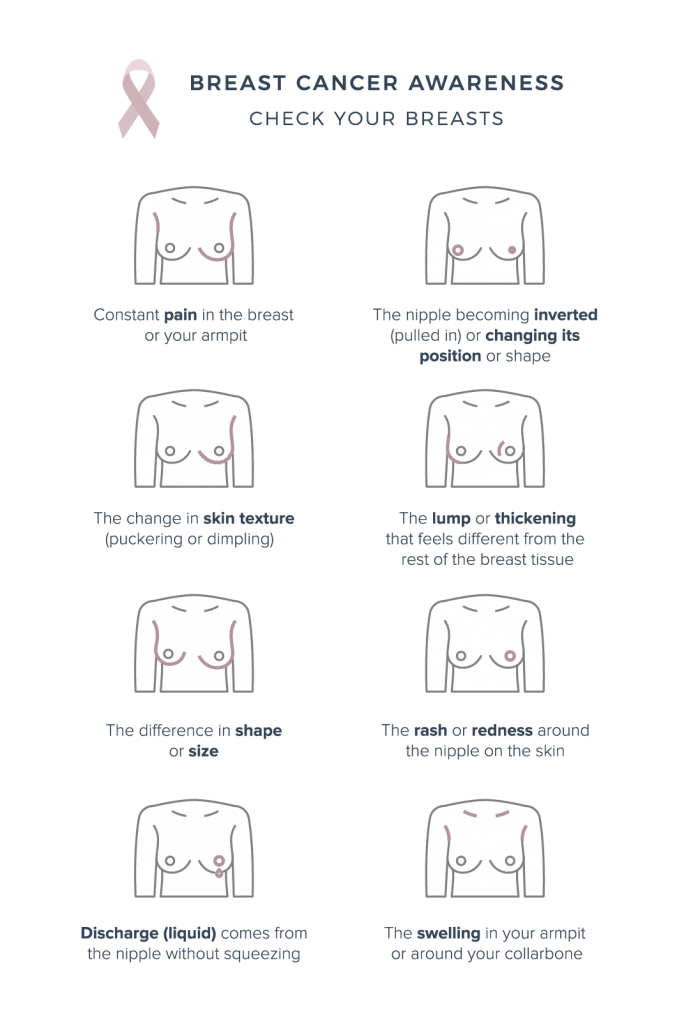Breast Reconstruction
Advancements in breast implants and surgical techniques have improved what is possible breast reconstruction with a natural-looking shape and appearance.
When performed by a skilled plastic surgeon the procedure can create an enhance breast appearance and help a woman take the next step in her fight against breast cancer
Get in touch with Dr Ballieux
Types of breast reconstruction
Each patient’s medical situation, surgery goals and breast size/shape influence the unique approach taken by the plastic surgeon in the course of breast reconstruction.
Often reconstruction involves 2 or more procedures over time.
Autologous flap reconstruction
Autologous flap reconstruction uses the patient’s own tissue to replace the breast mound.
During Latissimus Dorsi flap reconstruction a segment of tissue comes from the back and is used to shape a breast. Because this skin is thinner, an implant is often placed under the flap to provide more volume and shape to the breast.
A DIEP flap is considered a muscle-sparing type of flap. DIEP stands for the deep inferior epigastric perforator artery, which runs through the abdomen. This procedure consists in cutting fat, skin, and blood vessels from the wall of the lower belly (like an abdominoplasties procedure) and moved up to your chest to reshape your breast. When we perform a tummy tuck this tissue is usually discarded. In a DIEP flap, this island of tissue is used to reshape your breast. In a properly performed DIEP, no muscle is cut or removed. Your surgeon carefully reattaches the blood vessels of the flap to blood vessels in your chest using microsurgery. Because no muscle is used, most women recover more quickly and have a lower risk of losing abdominal muscle strength with a DIEP flap compared to any of the TRAM flap procedures.
Nipple and areola reconstruction are usually performed as a separate procedure after your reconstructed breasts have healed.
Tissue expander/implant reconstruction
Tissue expander/implant reconstruction involves 2 procedures, where the plastic surgeon places an implant-like tissue expander under the chest tissue, which is gradually filled to create an implant pocket over 4 to 6 months. In the second stage, an implant takes the place of the expander similar to breast augmentation.

Immediate or Delayed Breast Reconstruction
Breast reconstruction can be performed at the time of your mastectomy, called immediate reconstruction, or weeks, months, or years later, called delayed reconstruction. Careful discussions with the surgeon for the mastectomy and your plastic surgeon should come before you make a final decision on reconstruction timing. Each choice has its own advantages and disadvantages.
Immediate Reconstruction
In immediate reconstruction, mastectomy and breast reconstruction are performed under the same general anaesthetise. It is sometimes possible that the incision locations and method of mastectomy, such as a skin-sparing, can be favourable to reconstruction, but these choices vary between patients. Usually, immediate reconstruction produces superior results with fewer surgical procedures, and carries the benefit of some relief for the emotions associated with a changed body image. An elevated complication risk and lengthened recovery from the surgeries should be weighed in deciding on this option.
Delayed Reconstruction
Delayed reconstruction is performed after the mastectomy. This time intervals are sometimes required if the patient needs radiation or chemotherapy.
Frequently asked questions about breast reduction
Before surgery, Dr Ballieux will give you specific recovery instructions.
These instructions will be very detailed, including everything from the type of bra to be worn to when to return to work and how soon normal activities can be resumed.
While patient experiences vary, you can expect recovery to follow this general timeline:
First 1 to 2 Days
You will need a friend or family member to drive you home after surgery, to stay with you for the first 24 hours, and possibly a day or so longer.
Sleeping in a recliner or propped up with pillows will help minimize swelling. You can expect to be up and about the day after surgery.
Some temporary bruising, swelling, and numbness of the breasts can be expected. You can use medication prescribed by your plastic surgeon to control discomfort, if needed.
It is recommended to keep your surgical bra for the next three months after the surgery.
Follow-up Appointment
You will have a follow-up appointment approximately 5 days after surgery.
Return to Work
Most patients are ready to return to their everyday activities within 1 to 2 weeks, and physical activities are limited for one month or more.
Any surgical procedure carries some risk of infection, bruising, bleeding swelling or reaction to anaesthesia.
All of these potential risks will be discussed with you during your pre-surgical consultation and you will be given a comprehensive list of pre- and post-operative instructions.
Following these instructions carefully will reduce the chances of complication and improve your chances of a successful surgery.
Certain over the counter products and prescription medicines can cause complications before and after surgery. Do not take any medication containing or related to aspirin two weeks prior to your procedure. This includes NSAID’S, anti-Inflammatory medications, blood thinning medication. Please see your doctor regarding if and when to cease medication. This is not an all-inclusive list.
Also avoid Vitamin E supplements and red wine. Stop all herbal medications before surgery. The most common herbs used are Echinacea, Ephedra, Garlic, Ginseng, Ginkgo, Kava, St. John’s Wort, and Valerian. They may adversely affect anaesthetic drugs, prolong bleeding and impair healing after surgery.
The cost for a revision procedure depends on the complexity of the procedure, whether it’s combined with other procedures and if we have to change the implant.
Before and after photos
The Belgian Federal Agency for Medicines and Health Products forbids any before-after photos on the websites in Belgium, following a law that was passed on 25 March 1964.
An iPad with before & after pictures to illustrate the results will be available.
Follow Dr Ballieux on Instagram! @dr.fannyballieux


